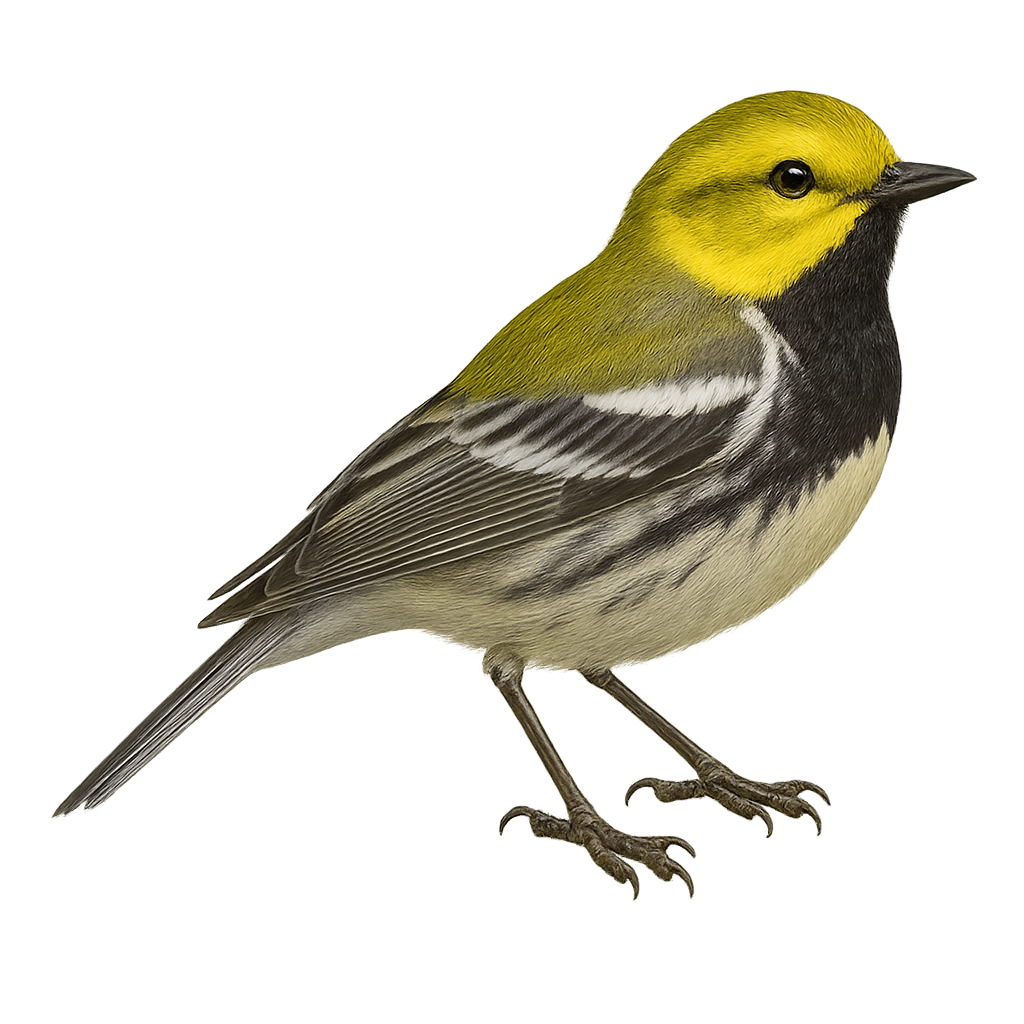Your wildlife photography guide.
Explore the black-throated green warbler in detail, study its behavior, prepare your shots.
Where to observe and photograph the black-throated green warbler in the wild
Learn where and when to spot the black-throated green warbler in the wild, how to identify the species based on distinctive features, and what natural environments it inhabits. The WildlifePhotographer app offers tailored photography tips that reflect the black-throated green warbler’s behavior, helping you capture better wildlife images. Explore the full species profile for key information including description, habitat, active periods, and approach techniques.
Black-throated Green Warbler
Scientific name: Setophaga virens

IUCN Status: Least concern
Family: PARULIDAE
Group: Birds
Sensitivity to human approach: Suspicious
Minimum approach distance: 10 m
Courtship display: May to June
Incubation: 11-13 jours
Hatchings: May to July
Habitat:
Coniferous forests, mixed forests, moist woodlands
Activity period :
Primarily active during the day, with peak activity in the morning and late afternoon.
Identification and description:
The Black-throated Green Warbler is a small songbird belonging to the Parulidae family. It is easily recognizable by its black throat contrasting with its white belly and olive-green back. Males display brighter colors than females, especially during the breeding season. It primarily inhabits coniferous and mixed forests in northeastern North America. As a migratory bird, it winters in the tropical regions of Central America. Its song is distinctive, often described as a "zoo-zee-zoo-zoo-zee". Although its habitat is threatened by deforestation, it is still widespread and considered of least concern by the IUCN.
Recommended lens:
400 mm – adjust based on distance, desired framing (portrait or habitat), and approach conditions.
Photography tips:
To photograph the Black-throated Green Warbler, it is advisable to use a telephoto lens of at least 400mm to capture detailed images without disturbing the bird. Look for areas where trees are dense, as this bird prefers wooded habitats. Be patient and discreet, as although suspicious, it may approach if you remain still. Take advantage of the early morning hours when the light is soft and bird activity is at its peak.
The WildlifePhotographer App is coming soon!
Be the first to explore the best nature spots, track rutting seasons, log your observations, and observe more wildlife.
Already 1 439 wildlife lovers subscribed worldwide

